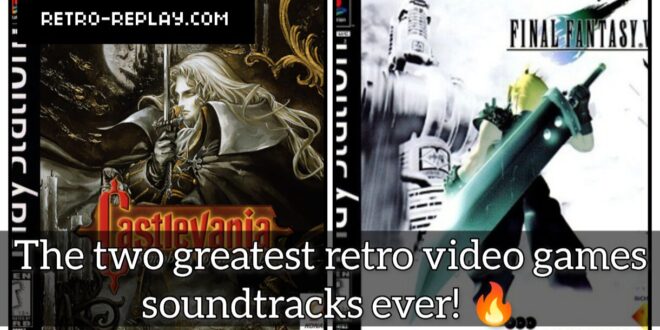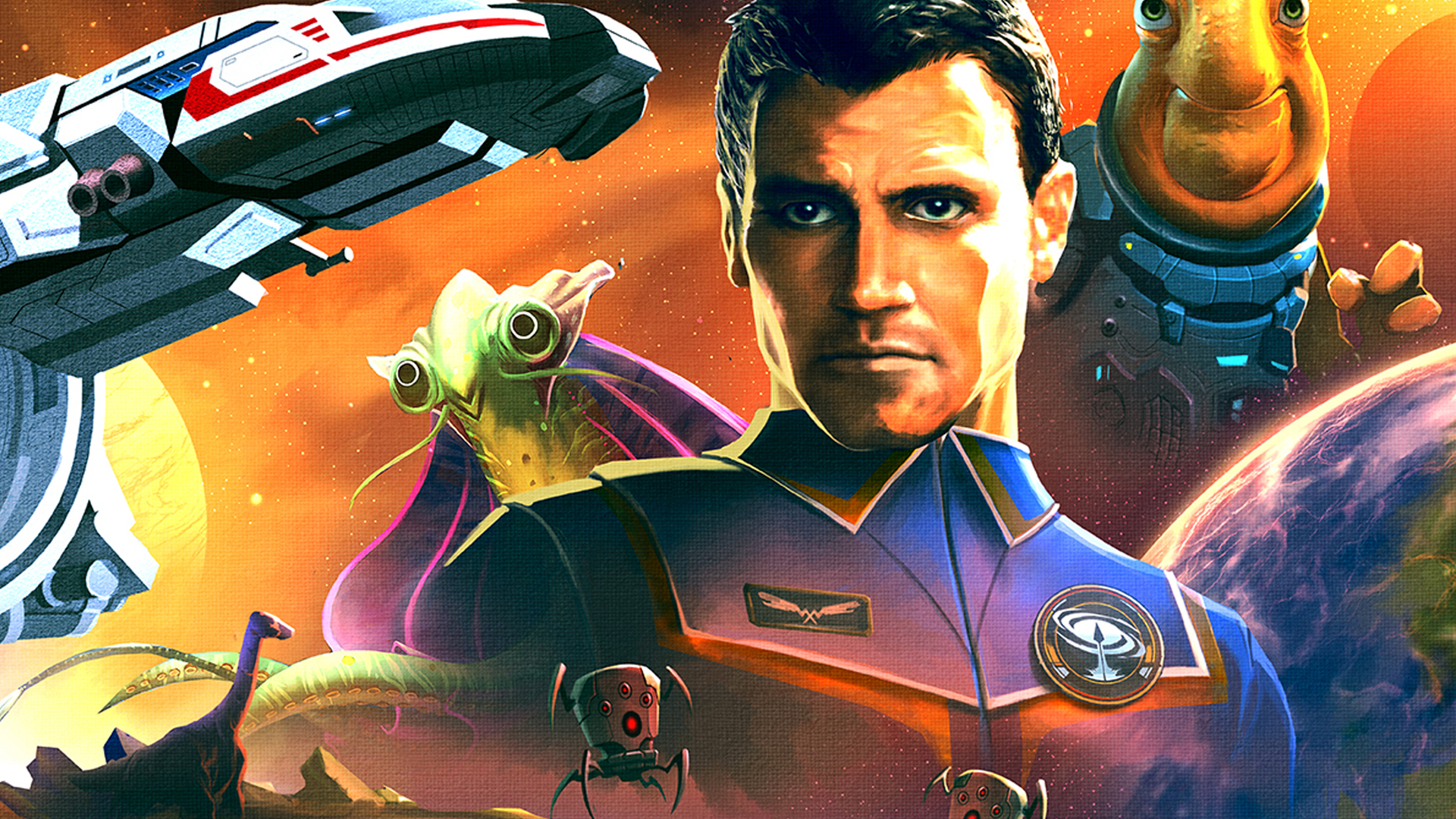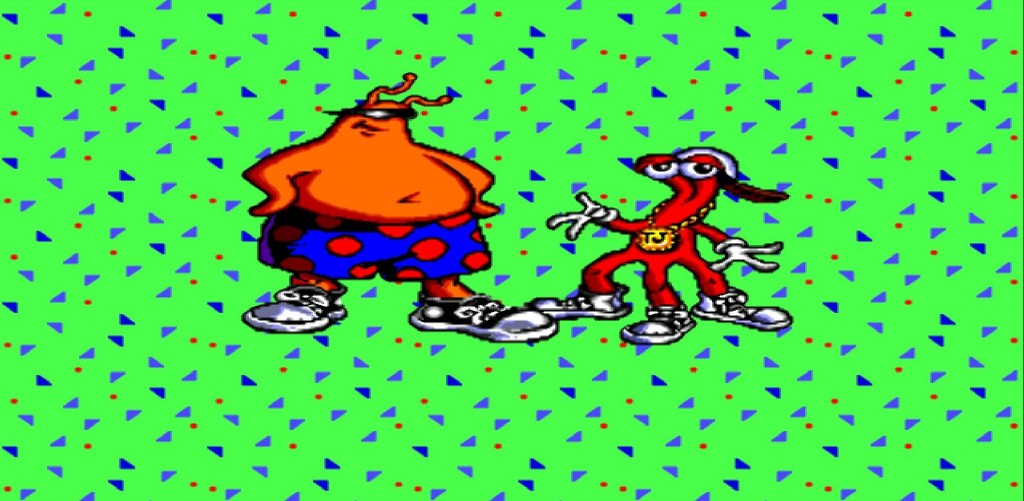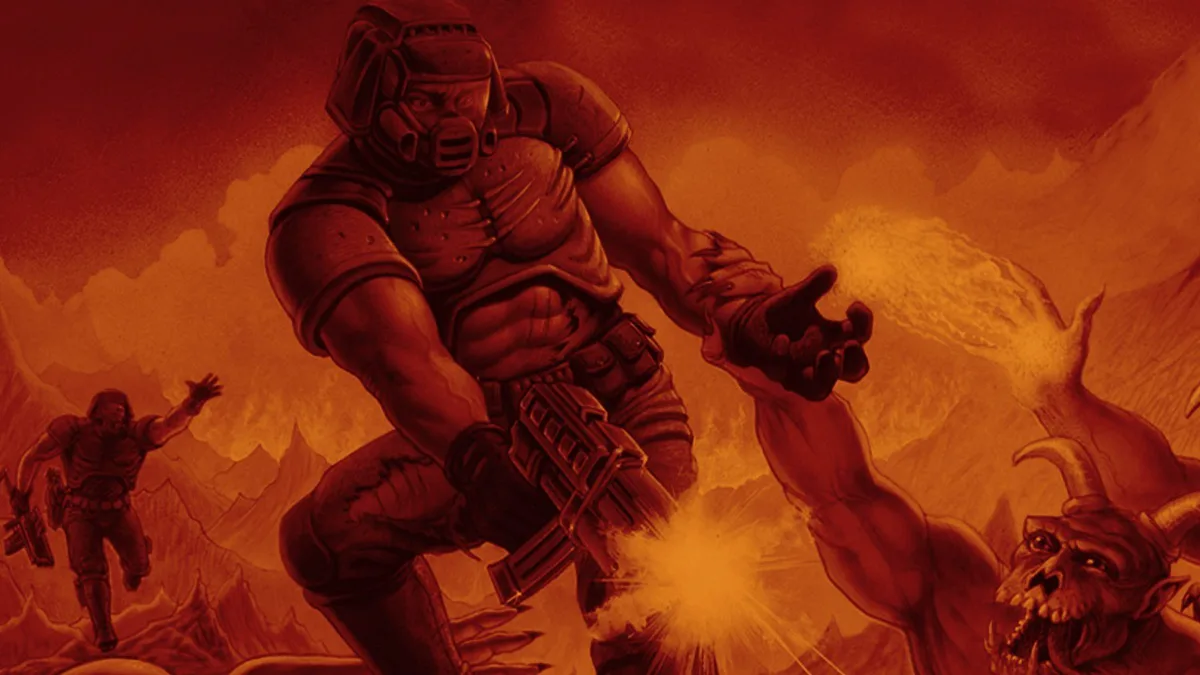For those of us who grew up in the late 1990s, video games were more than just a pastime. They were entire worlds that we could lose ourselves in after long school days or weekend sleepovers. The soundtracks of these games did more than fill silence. They became the background music of our youth. Every time we booted up a game, the music etched itself into our memories, attaching itself to moments with friends, late nights spent huddled around a television, or those times when we played alone in the quiet of our bedrooms.
(HEY YOU!! We hope you enjoy! We try not to run ads. So basically, this is a very expensive hobby running this site. Please consider joining us for updates, forums, and more. Network w/ us to make some cash or friends while retro gaming, and you can win some free retro games for posting. Okay, carry on 👍)
Out of all the soundtracks from that golden era, two stand taller than the rest: Castlevania Symphony of the Night and Final Fantasy VII. These were not just collections of songs, they were entire emotional journeys that carried us through pixelated castles and futuristic cities. They defined a generation of retro gamers who still find themselves humming their melodies decades later.
Looking back, these soundtracks remind us of who we were then, wide-eyed kids discovering just how vast and powerful the world of gaming could be. In this article we will revisit both masterpieces, exploring why they captured our imaginations and why they still hold such a powerful grip on us today.
The Gothic Elegance of Symphony of the Night
For many of us, discovering Symphony of the Night felt like stepping into something almost forbidden. Released on the PlayStation in 1997, this was not the linear action of older Castlevania titles. It was sprawling, mysterious, and filled with music that seemed alive in a way we had never heard before. Composer Michiru Yamane brought her classical training and fearless experimentation to create a soundtrack that merged gothic organ, baroque strings, and even electric guitar riffs. You can read her reflections on this in her Square Enix Music interview.
At the time, the PlayStation felt futuristic, and its CD sound gave Yamane the freedom to go beyond the simple loops of earlier systems. In her own words, she explained that she could no longer blame hardware for limitations, and instead embraced the chance to broaden her expression. For us as players, that meant exploring Dracula’s castle to the sound of music that was moody, stylish, and unforgettable. Tracks like “Dracula’s Castle” felt like walking into a haunted cathedral, while “Lost Painting” made us pause in quiet rooms just to take in the moment. For deeper detail on Yamane’s influences, see her Wikipedia entry.
What makes Symphony of the Night so nostalgic is how tied it is to the way we played back then. Many of us remember sitting cross-legged in front of a bulky CRT television, PlayStation controller in hand, volume turned up just enough to feel those dramatic opening notes echo in our small bedrooms. Sometimes a friend would call to come over, and the first thing we would do is show them this mysterious game with the coolest music they had ever heard. That kind of memory is why the soundtrack continues to live in the hearts of retro gamers even now.
The cultural influence is impossible to ignore. Covers, remixes, and fan performances have kept these tracks alive for over twenty years. And when Yamane later worked on Bloodstained Ritual of the Night, many of us could not help but feel that same spark of excitement, as if we were kids again discovering something special for the first time.
The Cinematic Brilliance of Final Fantasy VII
If Symphony of the Night was mysterious and gothic, Final Fantasy VII was sweeping and cinematic. Released in the same year, it came into our lives like a blockbuster film we could actually play. Composer Nobuo Uematsu treated the soundtrack with a seriousness that we as teenagers might not have had words for then, but we felt it. He once called the FFVII soundtrack his “greatest harvest,” and listening to it today, it is clear why. His compositions ranged from delicate piano pieces to soaring orchestral movements, and each one seemed to tell a story on its own. More about his methods can be found on the Music of Final Fantasy VII page.
One track in particular cemented itself into our collective memory. “One Winged Angel” was unlike anything we had ever heard in a game. Inspired by Stravinsky and rock music, Uematsu created a choral battle theme that felt larger than life. For many of us, fighting Sephiroth while that song thundered in the background was one of the most unforgettable gaming moments of our childhood. Even today, hearing the opening bars instantly sends chills down our spines.
But FFVII was not only about grand climaxes. It was also about moments of intimacy and emotion. “Aerith’s Theme” remains one of the most beautiful pieces ever written for a game, so powerful that it went on to be recognized outside of gaming culture. It was the first piece of video game music to appear in Classic FM’s Hall of Fame in 2012, proof of its emotional reach. Meanwhile, pieces like “Bombing Mission” or “Cosmo Canyon” tied us directly to the characters and their struggles. These were the songs we found ourselves humming at school or recording onto cassette tapes so we could listen on our Walkmans.
Another reason FFVII feels so nostalgic is the way its music followed us into real life. Many of us remember buying imported CDs or burning copies of the soundtrack just so we could relive the experience when we were not near our PlayStations. Later, as adults, we found ourselves attending Final Fantasy concerts like “Dear Friends,” where symphony orchestras played the same music that had filled our bedrooms as kids. Writers at Wired described Uematsu being treated like a rock star at these concerts, and that was exactly how we saw him all along.
Why These Soundtracks Are Timeless
For those of us who lived through the late 1990s gaming boom, Symphony of the Night and Final Fantasy VII are more than examples of musical excellence. They are time machines. They take us back to simpler days of memory cards, pizza rolls, and weekends spent grinding through bosses while the soundtrack made the adventure feel so much bigger than our small worlds.
The technical side matters too. The jump to PlayStation CDs allowed Yamane and Uematsu to go far beyond the bleeps and bloops of our NES and SNES days. But what really matters is how their music connected to us emotionally. These tracks were not background noise. They became personal anthems, linked to moments that shaped our love for gaming.
Even now, when we share these songs with new generations, we are passing down more than just melodies. We are passing down the feeling of growing up in an era where video games were exploding into art. These soundtracks prove that retro games were not just fun distractions but genuine cultural touchstones that deserve their place in history.
Conclusion
Every retro gamer has their favorites, but few would argue against the legendary status of Castlevania Symphony of the Night and Final Fantasy VII. Both are masterpieces that embody what made growing up in the late 1990s so special. They were the soundtracks that played while we discovered who we were, sitting on bedroom floors or packed into living rooms with friends.
Michiru Yamane gave us gothic mystery wrapped in beauty, while Nobuo Uematsu gave us cinematic grandeur filled with heart. Together they created the greatest pair of soundtracks in retro gaming, and their music continues to echo in our lives long after we turned off our PlayStations.
For us, these were not just games. They were moments of youth, frozen in music that still plays whenever we think back to those days. That is why they will always be remembered as the very best.
 Retro Replay Retro Replay gaming reviews, news, emulation, geek stuff and more!
Retro Replay Retro Replay gaming reviews, news, emulation, geek stuff and more!





